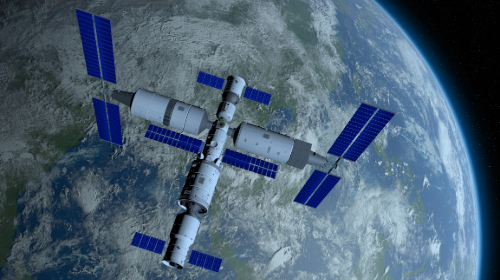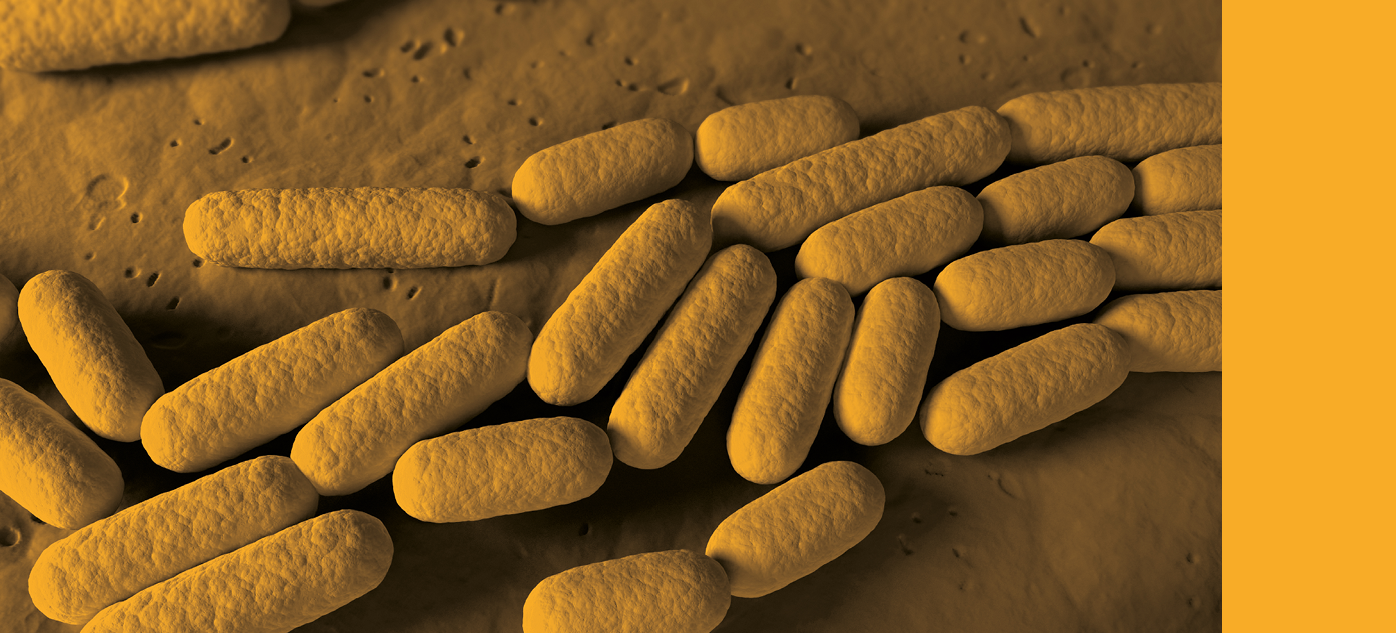From the soil on the ground to a space station 400km above earth
Posted on April 4, 2025 by Clare Baker
Each month, the Microbiology Society publishes the International Journal of Systematic and Evolutionary Microbiology, which details newly discovered species of bacteria, fungi and protists. Here are some of the new species that have been discovered and the places they've been found.
Welcome back to ‘New to Science’. We hope that you enjoyed our Annual Conference in Liverpool this week and you’re ready to read about some exciting microbial discoveries!
The first microbe we’ll be looking closely at this month is Rhodococcus parequi, a novel species of bacteria that was initially identified as Rhodococcus (Prescottella) equi. Researchers were performing phylogenomic investigations of a global collection of strains when they realised that our new strain, isolated from a horse-breeding farm soil in Normandy, France, was a novel species. Tell any horse lovers out there not to worry, as R. parequi was avirulent in macrophage infection assays and is assumed to be non-pathogenic.
Our second microbe was found in the neighbouring country of Spain. Mycobacterium servetii is a rapid-growing nontuberculous mycobacterial species. It was recovered from a clinical specimen obtained from the lower respiratory tract of a human patient with ciliary dysfunction, bronchiectasis and exacerbated respiratory symptoms in Zaragoza, Spain. Nontuberculous mycobacteria (NTM) are a large group of bacteria in genus Mycobacterium. They are typically harmless to humans and generally free-living organisms found in natural and man-made environments. They are not to be confused with the Mycobacterium tuberculosis complex, which are primarily associated with tuberculosis. However, rapidly growing NTMs, such as members of the Mycobacterium abscessus complex, have emerged as clinically significant pathogens capable of causing localised and systemic infections. They can pose a challenge in patients with cystic fibrosis and a major concern of rapidly growing NTMs is their intrinsic resistance to many commonly used antibiotics.
We’re keeping to the human body and in Europe for a little longer with our next microbe. Dentiradicibacter hellwigii is a novel rod-shaped and anaerobic strain isolated from a secondary root canal infection of a tooth from a patient at the Department of Operative Dentistry and Periodontology, Center for Dental Medicine of the University Medical Center Freiburg, Germany. D.hellwigii joins 774 oral bacterial species and the 58% that have been cultivated and names validly published.
Let’s finally move away from the human body and onto the faeces of cattle. Anaeromyces corallioides is a novel anaerobic gut fungus isolated from a cattle faecal sample obtained in Stillwater OK, USA. Anaerobic gut fungi (AGF) are known to reside in the digestive tracts of herbivores aiding in breaking down complex plant polysaccharides. The discovery of an AGF in the faeces of cattle comes as no surprise, as livestock mammals like cattle, goats, sheep, and the home of our first microbe Rhodococcus parequi, horses, frequently harbour a highly diverse AGF community.

Space microbiologists might be intrigued by our next microbe which was isolated from the China Space Station ~ 400 km above Earth! Niallia tiangongensis was isolated from the surface hardware on the space station when researchers were looking to further their understanding of the characteristics of microbes during long-term space missions. Micro-organisms, or ‘space residents’, which cohabit with humans in the space environment, must be very hardy and adapt to challenging conditions such as microgravity, confinement, limited resources and low-dose radiation. Understanding these micro-organisms is essential for safeguarding the health of astronauts and maintaining functionality of spacecraft.

